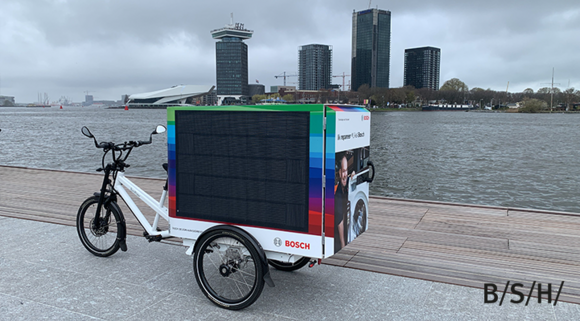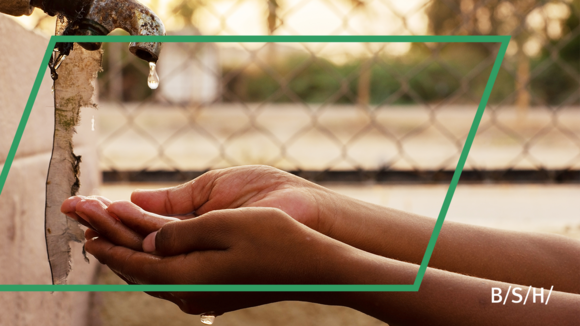Explain like I’m five: Sustainable packaging with elephants
Sustainability can be a seriously complicated topic. That is why it is more important than ever, not to make assumptions and ensure that everyone understands how much difference it makes exactly. Boris Grbavac, Communications Manager at BSH Customer Service, decided to talk about this topic candidly – with elephants.
“When it comes to sustainable companies, there is this big elephant in the room called “greenwashing”. That is when a company tries to promote itself as being ecologically and socially responsible while it is not.
"It is like posting a picture on Tinder where you look cool wearing glasses but only because you have dark circles under your eyes” says Boris Grbavac, Communications Manager at BSH Customer Service.
When it comes to BSH, there are real actions behind our sustainability pledge, though. Because all BSH locations worldwide operate carbon-neutral. “This is an awesome achievement by itself,” says Boris, “so let’s prove that our approach to being sustainable is credible.” The economical packaging of BSH’s appliances has been announced already. But not only appliances need packaging. The spare parts need it too. And we’re distributing more than 18 million parts a year to our consumers worldwide. That is plenty of packaging and padding material.
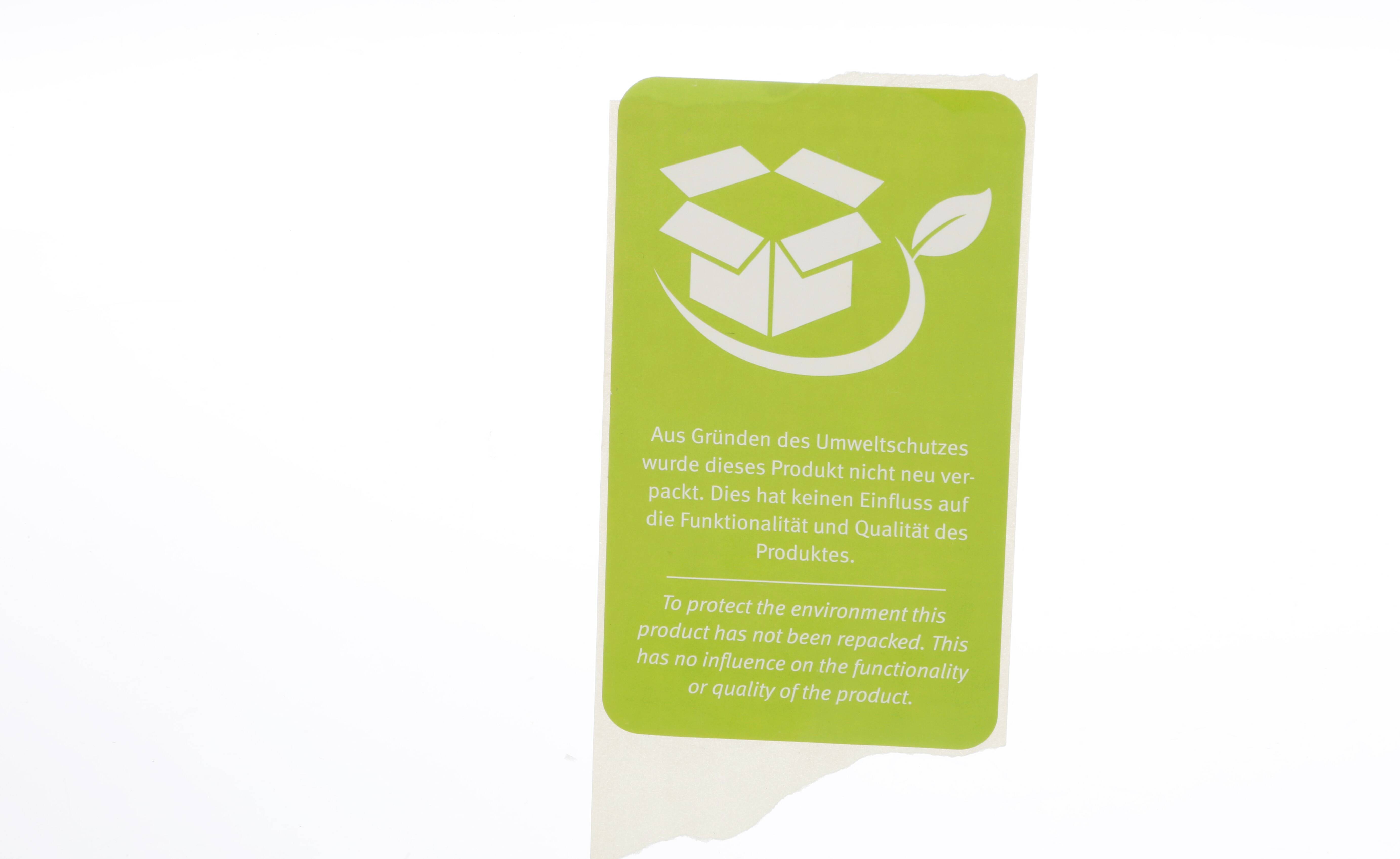
Green tag that comes with appliances and spare parts sustainably packaged and distributed by Fürth Logistics Center
More sustainable shipping
To make the packaging and shipping more sustainable, packaging engineer Franziska Lerke went on a mission to figure out how. Starting in Fürth, Germany, the largest of BSH’s six logistics centers worldwide she started re-thinking the packaging of spare parts and accessories. Pursuing a sustainable packaging strategy starts with three steps: First, producing less material, second, using recycled material for packaging you can’t avoid, and third, introducing re-usable packaging.
This also means that less empty space is needed. Because empty space means a poor choice of packaging size. Empty space means more filling material. It means a higher chance of damaging the spare part during the transport if it has too much wiggle room. It means higher transportation costs and less net amount of shipped goods.
That’s why our logisticians began using smaller package sizes. The reduction in shipping box size results in a volume saving of approx. 624,000 liters of air. That’s about seven trucks per year that do not travel from Fürth, Germany to the Netherlands.
A new packing scheme has been developed that not only protects the spare part but also shows our customers that the filling material has a purpose as cushioning material and was not just inserted to fill empty space. An employee training is teaching our packers the new packing scheme. The first goal is a reduction of 1,100 damaged items per year. That's not only about five happier consumers per day, but also five items that don't have to be resupplied, picked, stored, and scheduled again.
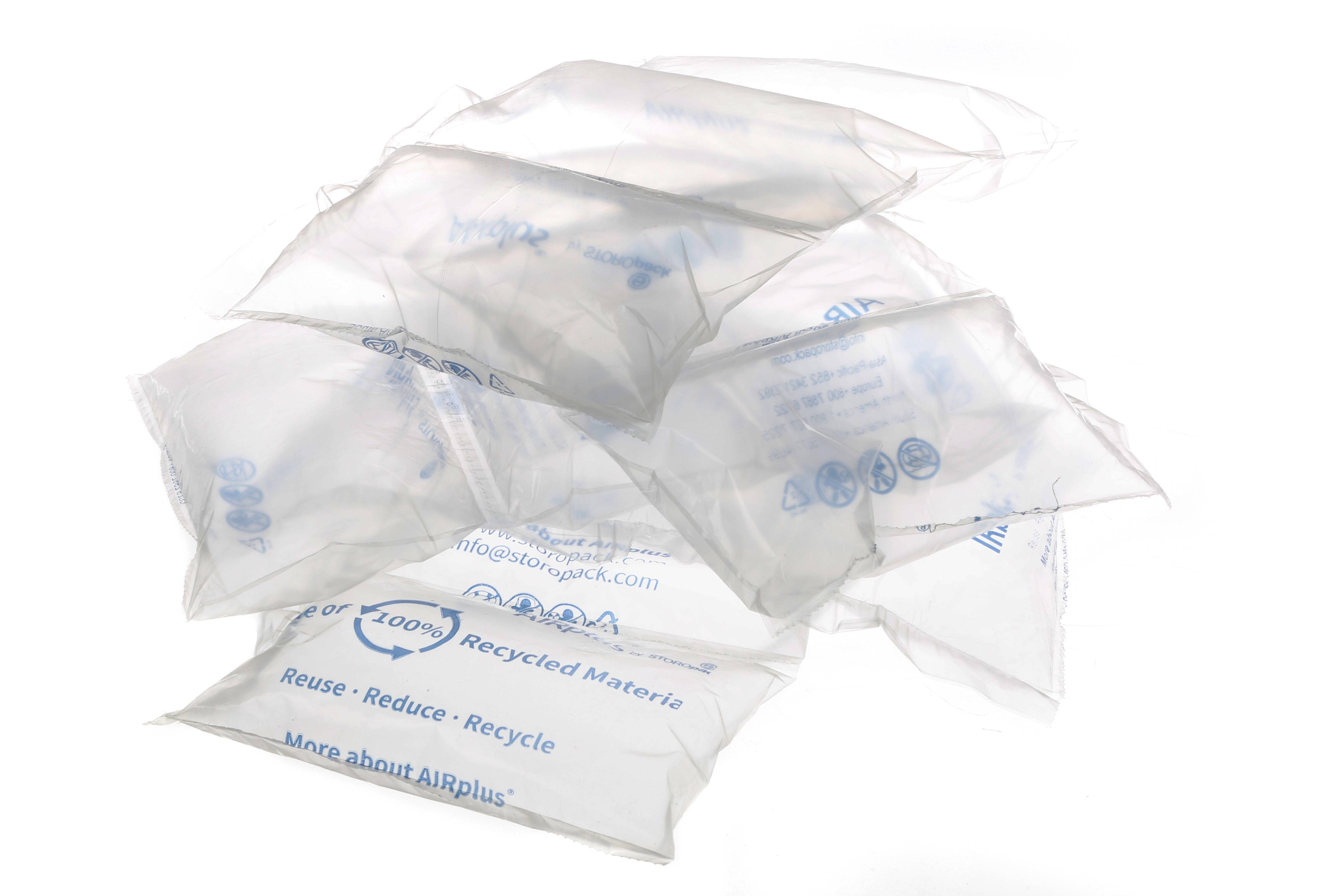
The Fürth Logistics Center uses recycled plastic for packaging
Our Fürth Logistics Center did all of the above and saved 54 tons of filling material and 11,6 tons of recycled packaging. Moreover, by using recycled and sustainable material they saved 28,4 tons of CO2 in padding production, 172 tons of CO2 in reusable packaging, and 8,3 tons of CO2 in plastic bags.
Too many numbers? Let’s just visualize this by literally using the elephants that are standing in the room anyway to show the amount of avoided material within one year and the amount of saved CO2 emissions.
CO2 Saved visualized with "elefarts"
“It’s important to emphasize that the motivation for this project was not about saving money but to genuinely create an impact on the environment – and that’s what we did”, underlines Lerke proudly. Expanding the life cycle of our appliances is literally our business. We fix them, provide products to ensure a smooth operation, and store spare parts for large home appliances for 10+ years so our consumers can rely on a long appliance and service life. Combined with remote diagnostics or self-help videos, which reduce technicians-trips to consumer homes, special care contracts that extend the life cycle of our appliances, and stockpiling spare parts for at least ten years, BSH’s customer service is a decisive factor for creating a more sustainable future.
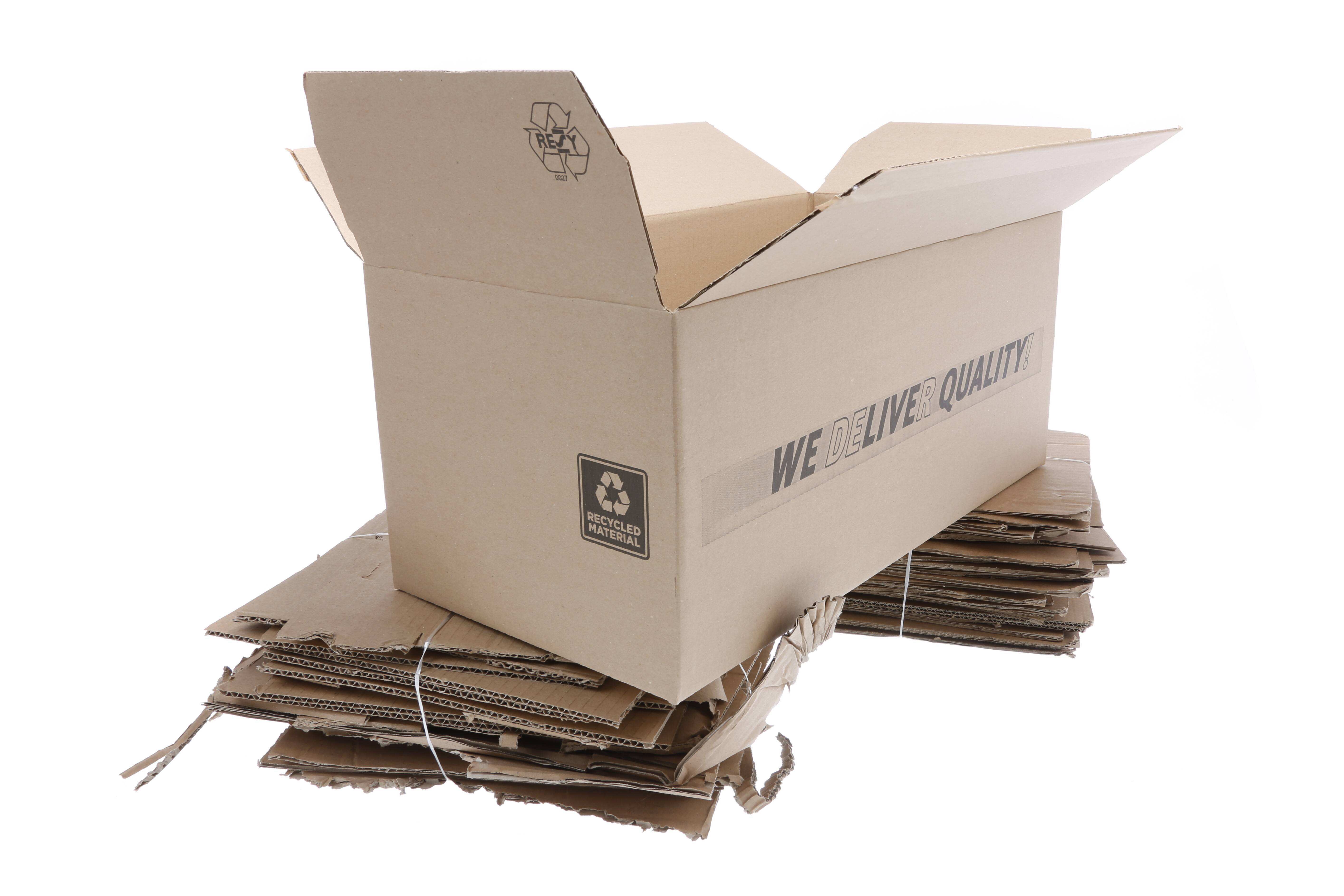 New box made from old packaging
New box made from old packaging



